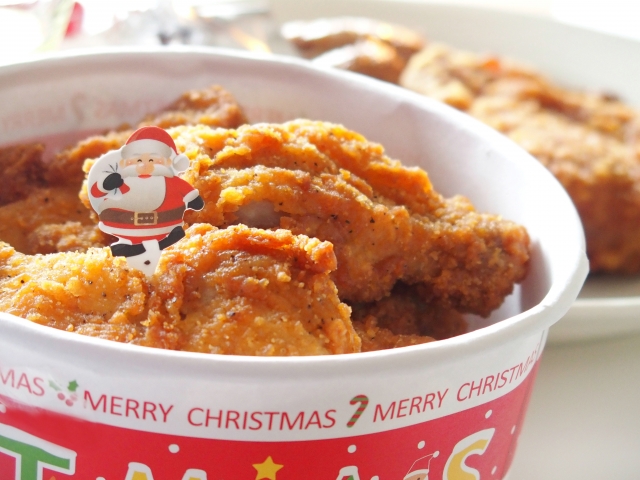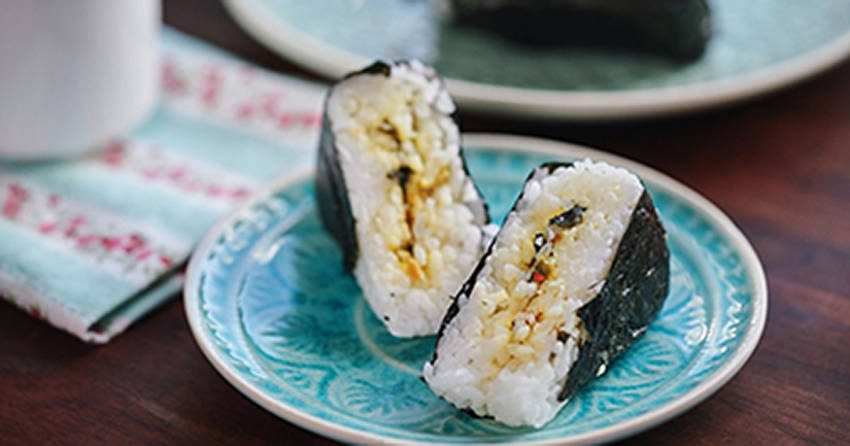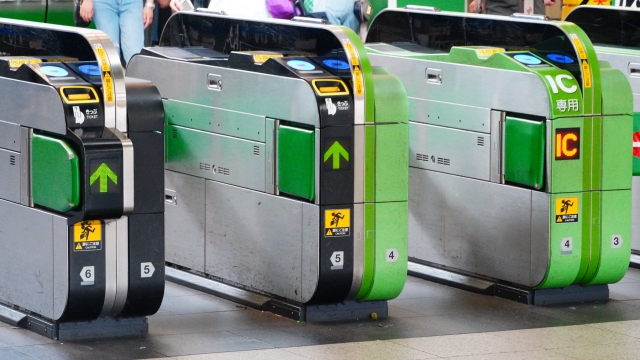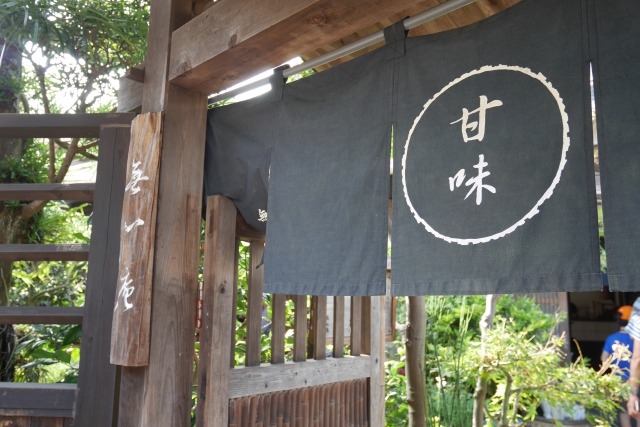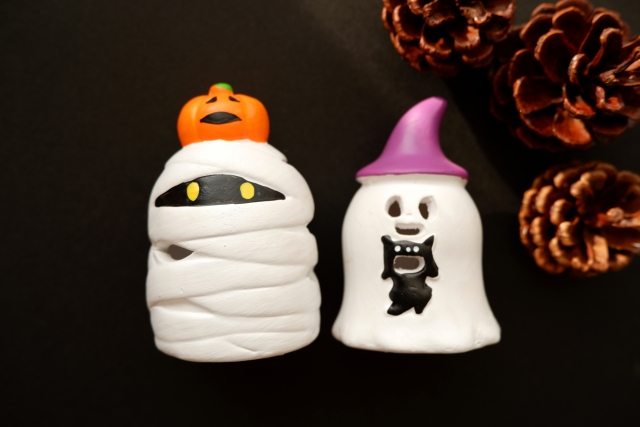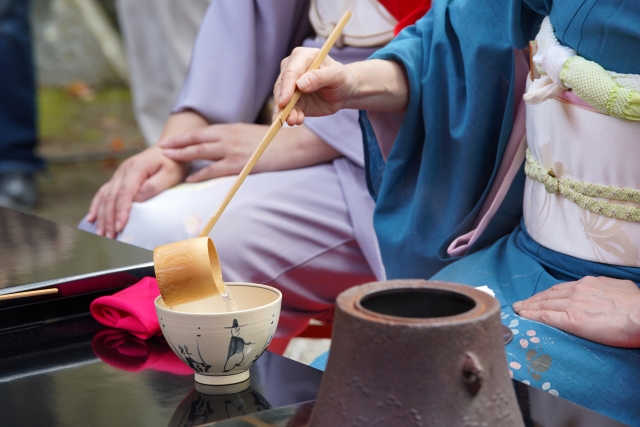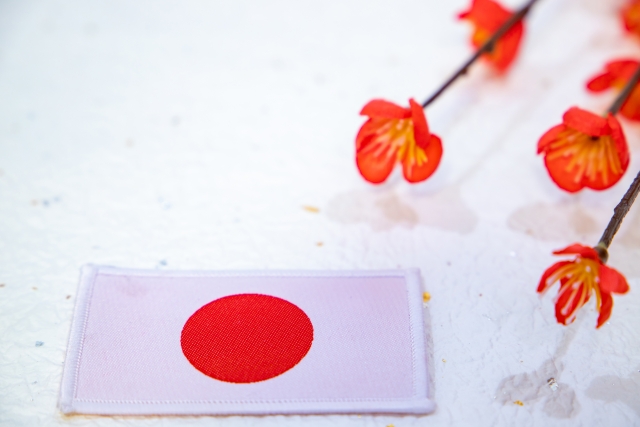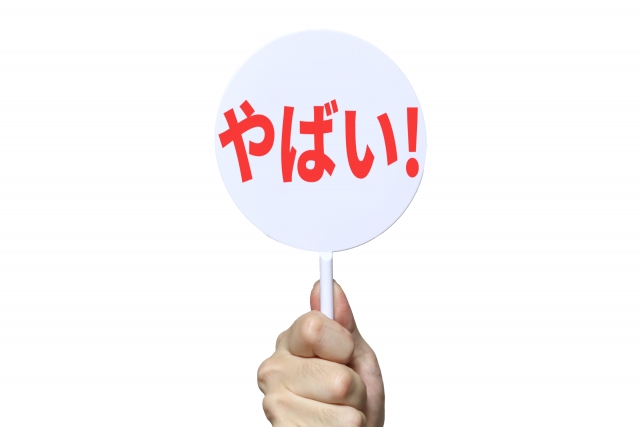日本におけるKFCとクリスマスの結びつきは、興味深い文化的な現象です。今日はその歴史と詳細を説明します。
1960年代後半から1970年代初頭、日本ではクリスマスを家でお祝いするという文化はなく、年末年始は家族が一堂に集まるお正月の方が重要視されていました。この時期の日本において、クリスマスは宗教的な意味合いよりも、恋人同士や友人たちと楽しむイベントとしての側面が強まっていきました。
そんな中、1970年代初頭にKFCが「ケンタッキーのクリスマス」キャンペーンを展開しました。チキンに加えてサイドディッシュやケーキがセットになったクリスマスパックと呼ばれるクリスマス限定のセットメニューが発売され、家庭でチキンを楽しむという文化を提案するものでした。
このキャンペーンは非常に成功し、それ以降、クリスマスと言えばKFCが定番になっています。特に12月24日のクリスマスイブには、KFCの店舗に多くの人が並んだり、予約が殺到する光景が一般的になりました。そして多くの家庭では、KFCのクリスマスパックを購入し、家族や友人と一緒に楽しむのが恒例になっています。
1960年代後半から1970年代初頭、日本ではクリスマスを家でお祝いするという文化はなく、年末年始は家族が一堂に集まるお正月の方が重要視されていました。この時期の日本において、クリスマスは宗教的な意味合いよりも、恋人同士や友人たちと楽しむイベントとしての側面が強まっていきました。
そんな中、1970年代初頭にKFCが「ケンタッキーのクリスマス」キャンペーンを展開しました。チキンに加えてサイドディッシュやケーキがセットになったクリスマスパックと呼ばれるクリスマス限定のセットメニューが発売され、家庭でチキンを楽しむという文化を提案するものでした。
このキャンペーンは非常に成功し、それ以降、クリスマスと言えばKFCが定番になっています。特に12月24日のクリスマスイブには、KFCの店舗に多くの人が並んだり、予約が殺到する光景が一般的になりました。そして多くの家庭では、KFCのクリスマスパックを購入し、家族や友人と一緒に楽しむのが恒例になっています。
KFC and Christmas in Japan
An intriguing cultural phenomenon in Japan is the connection between KFC and Christmas.
In the late 1960s and early 1970s, Japanese households typically didn't celebrate Christmas. During this era, Christmas in Japan grew into more of a celebration enjoyed between lovers and friends rather than a religious holiday.
Against this backdrop, KFC introduced the "Kentucky Christmas" campaign in the early 1970s. They introduced the "Christmas Pack", a limited Christmas menu featuring chicken, side dishes, and cake. This campaign aimed to promote the culture of savoring chicken at home during the Christmas season.
The campaign proved immensely successful, establishing KFC as a Christmas staple. Now, it's become customary to see crowds of people lining up at KFC stores or making reservations, especially on Christmas Eve. For many families, purchasing a KFC Christmas Pack has become a tradition, allowing them to enjoy KFC with family and friends on Christmas.
sign up for the Japanese-Online Newsletter
__..-・**・-..__..-・**・-.._ あいうえお かきくけこ さしすせそ たちつてと なにぬねの はひふへほ まみむめも やいゆえよ らりるれろ わゐうゑを ん __..-・**・-..__..-・**・-.._
#JapaneseOnline #LearningJapanese #FreeJapaneseLessons #JapaneseVideoLearning #JapaneseAnime #Anime #JapaneseFood #Bloguru

